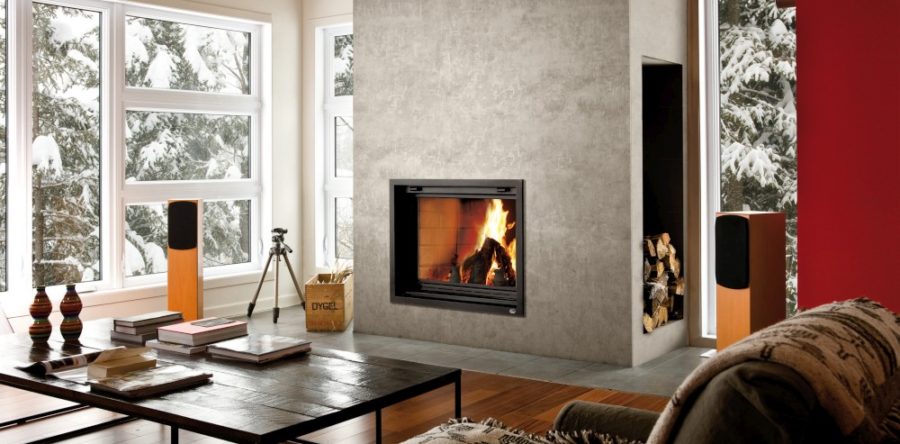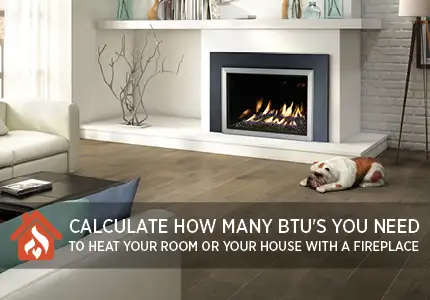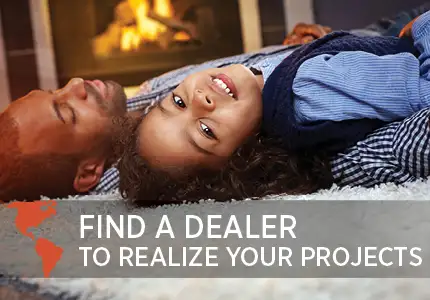Filter FAQ by: ALL Gas Wood Electric Pellet
Can I Use BBQ Charcoal Ashes In The Garden?
Is BBQ Charcoal Good For Orchids And Other Plants?
Is Charcoal BBQ Good Or Bad For You?
How Long Before The BBQ Coals Are Ready?
What Is The Best Method To Light Charcoal?
Steel vs Cast Iron vs Soapstone Stoves: Which is Best?
What burns cleaner, wood or pellets?
How do wood stoves achieve such high-efficiency ratings?
How to break in a wood-burning stove, insert, or fireplace?
What are by-products of combustion?
How to Safely Use a Fireplace Damper
Poor fireplace heat output? Smoke woes? Unlock safe & cozy fires! Our guide reveals damper secrets & to keep your family warm. Read now!
What can I burn in my wood burning stove?
What is a connector pipe?
How is wood-burning equipment sized?
Fireplace, Insert, Stove, Furnace: What’s the Difference?
How Often Should I Clean My Chimney?
Can I install a wood burning stove in my mobile home?
How do I protect the floor around my wood burning stove?
Old Fireplace vs. Insert: Which Burns Less Wood?
What is a moisture meter?
How Often Should I Clean My Chimney?
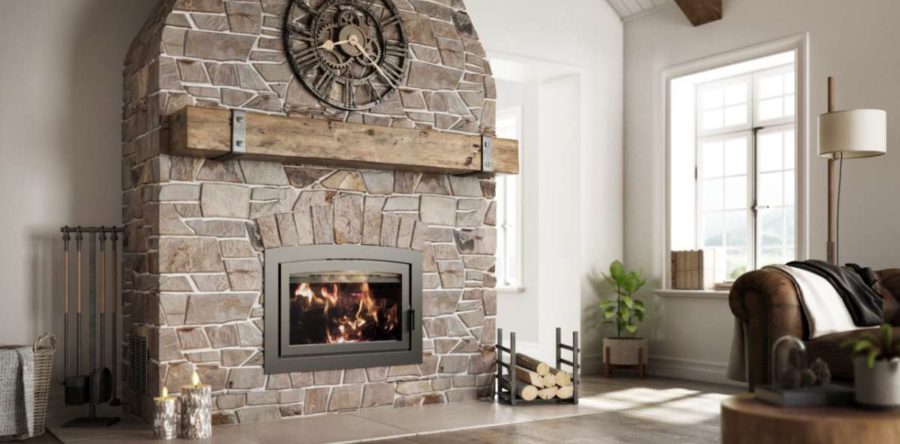
Sick of Wood Smoke? Try These Quick Fixes!
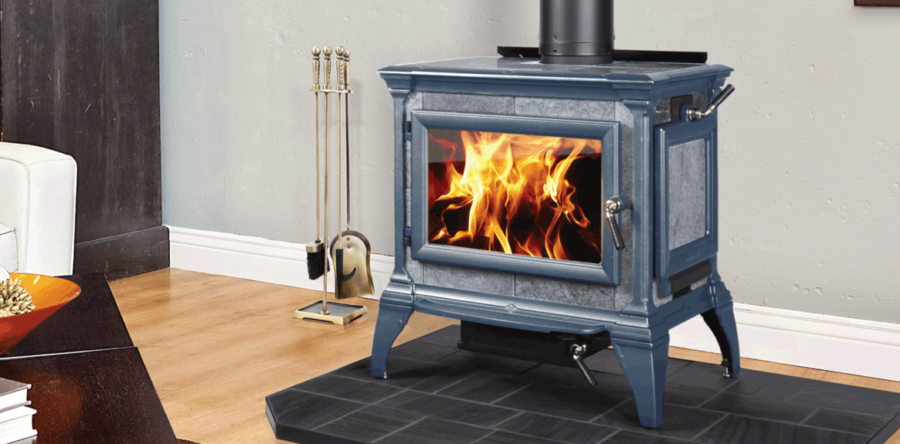
You want peace of mind of while sitting by a cozy fire? If you are having issues with wood smoke filling your house whenever you start a fire, this short guide gets you going with a smoke-free, enjoyable fire.
I’m having chimney drafting problems. Why is this?
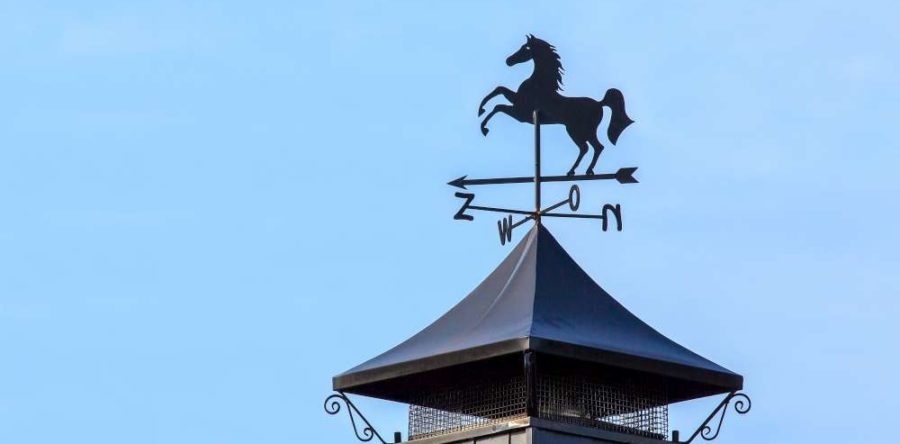
Can I convert my wood burning stove into a gas stove?
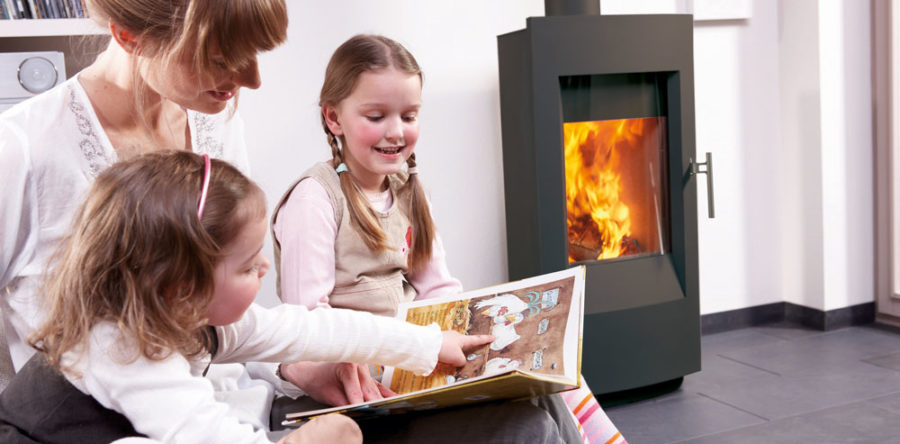
Your Old Fireplace Wasting Energy? Convert to Gas!
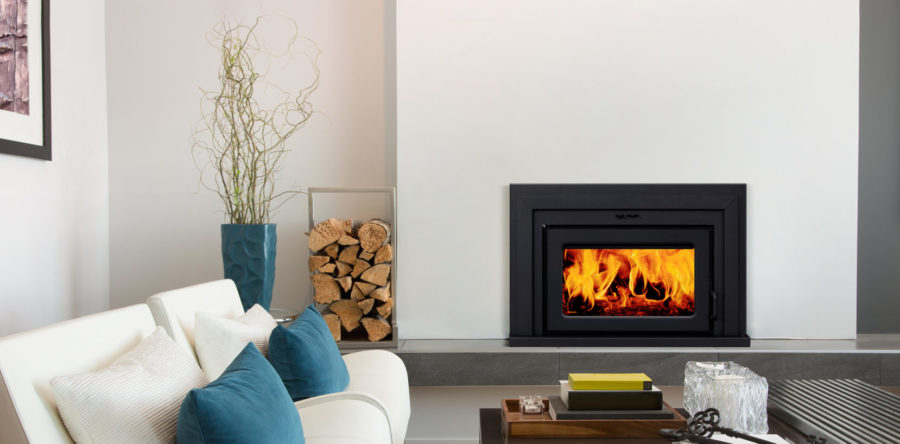
Tired of chopping wood & cleaning ashes? Wondering how to convert your old fireplace to gas? What about safety, installation, costs pros & cons? We try to answer all your questions.
How to Remove Creosote from Fireplace Glass
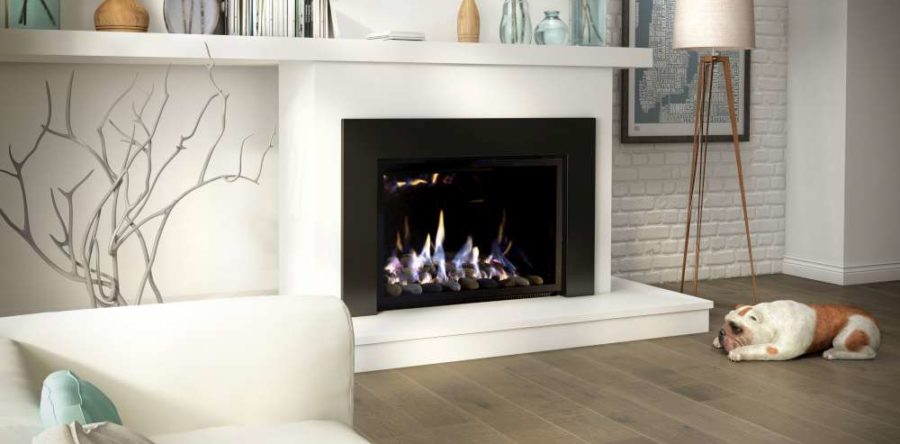
How can I prevent soot on my wood stove glass
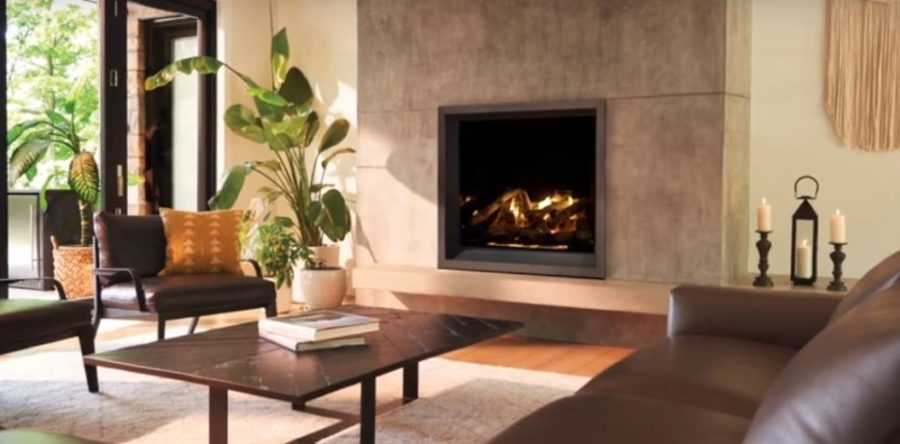
Tired of staring at a dirty wood stove glass? Want to know how to keep it clean without maintenance. Our expert tips keep your glass clean. Enjoy a crystal-clear view of your cozy wood stove fire.
How to make a fireplace safe for kids
Love your fireplace, but worried about your little one? Discover the best ways to protect babies and toddlers from fireplace dangers with this helpful guide.
How are radiant heat and convection heat different?
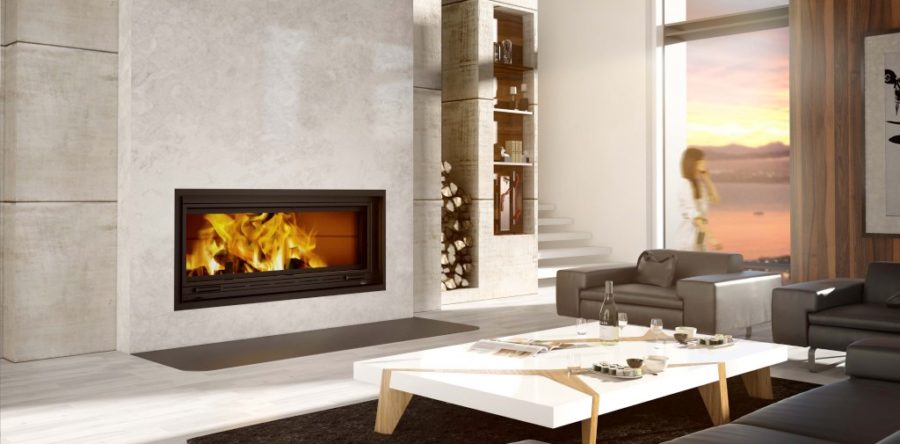
Wood Stove Installation: What Regulations Apply?

Catalytic vs. Non-Catalytic Stove: Which is Best?
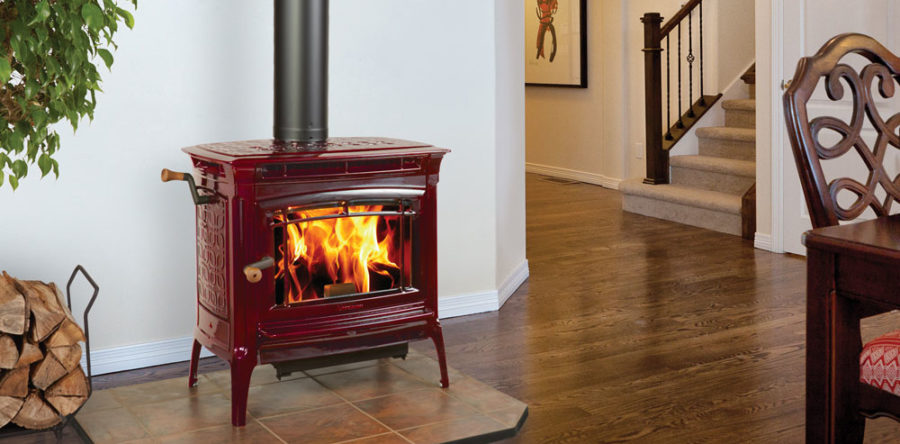
Are wood burning stoves clean and environmentally friendly?
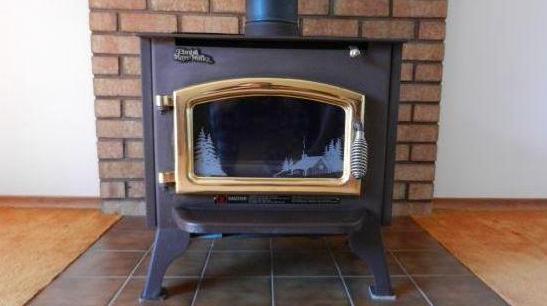
Wood Burning Appliance Costs: What to Expect

What is the Best Kind of Wood to Burn
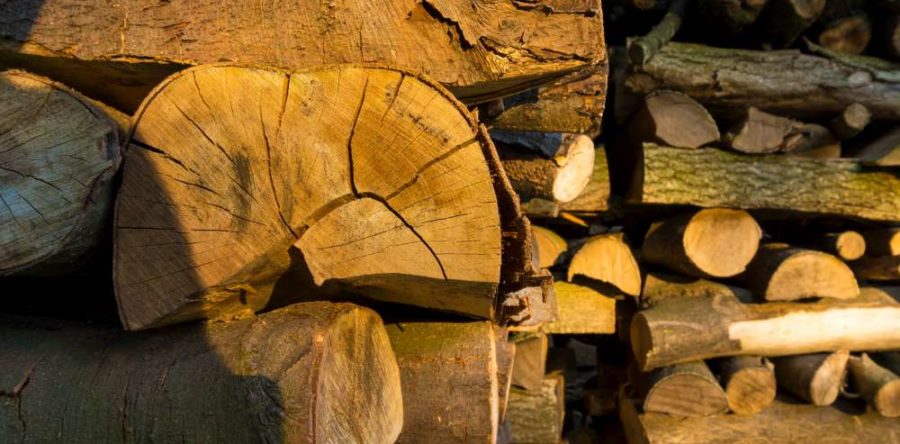
How Much Space Can My Wood Stove Heat?
